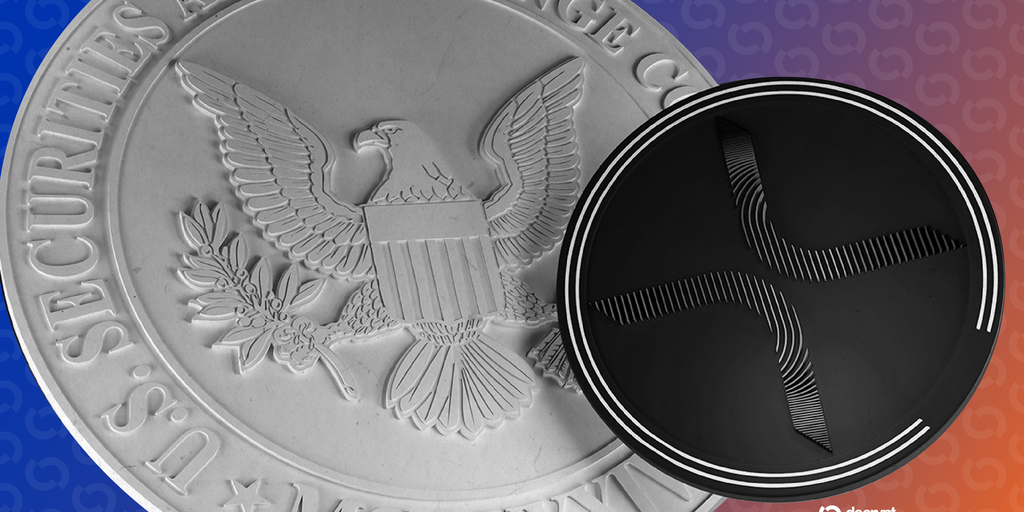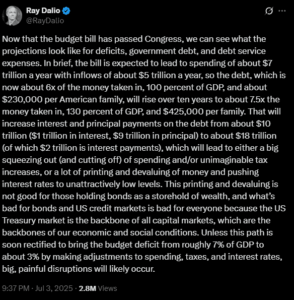
Ripple and the U.S. Securities and Exchange Commission (SEC) have been locked in a protracted legal battle over the sale of XRP, a digital asset, since 2020. Despite numerous efforts to reach a resolution, the case remains unresolved, though recent developments suggest an end may be in sight. This legal saga has significant implications for the cryptocurrency industry, as it could set precedents for how digital assets are regulated in the United States.
In December 2020, the SEC charged Ripple and two of its executives with conducting a $1.3 billion unregistered securities offering through the sale of XRP. This move sent shockwaves through the crypto world, raising questions about the regulatory status of digital currencies. In 2023, a judge ruled largely in Ripple’s favor, a decision that was seen as a victory for the crypto industry. However, the SEC appealed the ruling, prompting Ripple to file a cross-appeal.
The Road to Resolution
Since President Donald Trump returned to office, the regulatory landscape has shifted, with more crypto-friendly regulators being appointed. This change has facilitated negotiations between Ripple and the SEC, with both parties working towards a settlement. In March 2023, Ripple CEO Brad Garlinghouse announced that the SEC intended to drop its appeal, a move that was celebrated as a significant victory for Ripple and the broader crypto community.
“This is it—the moment we’ve been waiting for. The SEC will drop its appeal—a resounding victory for Ripple, for crypto, every way you look at it,” Garlinghouse posted on X.
The announcement led to a 14% increase in XRP’s value, reflecting market optimism about the potential resolution of the case. Additionally, Ripple’s penalty was reduced from $125 million to $50 million, with the remaining $75 million to be returned to Ripple Labs after being held in escrow.
Legal Hurdles and Setbacks
Despite the progress, the path to resolution has not been smooth. In April, Ripple and the SEC filed requests to suspend their respective appeals, signaling an agreement in principle. However, SEC Commissioner Caroline Crenshaw criticized the settlement, arguing that it undermined the court’s authority and the SEC’s enforcement actions.
“This settlement, alongside the programmatic disassembly of the SEC’s crypto enforcement program, does a tremendous disservice to the investing public and undermines the court’s role in interpreting our securities laws,” Crenshaw stated.
In May, a federal court judge rejected the proposed settlement, citing procedural errors. This decision highlighted the complexities involved in resolving such high-profile legal disputes. Ripple’s Chief Legal Officer Stuart Alderoty expressed confidence in reaching a resolution, emphasizing that the court’s decision did not alter Ripple’s legal victories.
Looking Ahead
In June, Ripple and the SEC made a second attempt to dissolve the injunction and release the escrowed funds. However, Judge Analisa Torres denied the request, citing the strength of the SEC’s case. Despite this setback, Ripple announced its intention to drop its cross-appeal, with the SEC expected to follow suit.
“Ripple is dropping our cross appeal, and the SEC is expected to drop their appeal, as they’ve previously said,” Garlinghouse wrote on X. “We’re closing this chapter once and for all, and focusing on what’s most important—building the internet of value.”
This decision marks a potential turning point in the long-running legal battle, with both parties seemingly ready to move forward. The resolution of this case could have far-reaching implications for the regulation of digital assets in the United States, influencing future legal frameworks and regulatory approaches.
As the crypto industry awaits the final filings that will cement this apparent conclusion, the outcome of the Ripple vs. SEC case will likely serve as a benchmark for similar cases in the future. The resolution of this high-profile dispute underscores the evolving nature of cryptocurrency regulation and the ongoing dialogue between regulators and industry participants.





